Livestock
All Livestock Content
How Will You Make Hay This Year?
With plenty of spring moisture, hay season will be here before you know it. Have you considered the type of binding material you will use to put up hay this year?
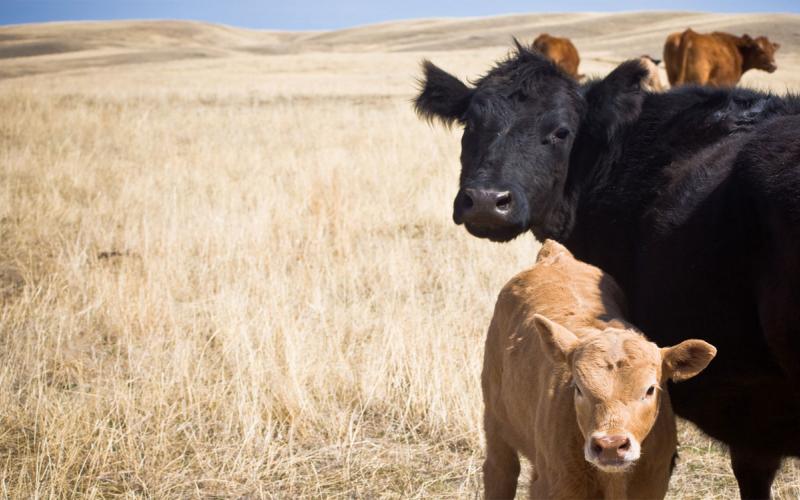
Early Registration for 2021 Range Beef Cow Symposium Ends Nov. 1
October 25, 2021
The two-day meeting will be held Nov. 16-17 at the Monument (formerly the Rushmore Plaza Civic Center) in Rapid City, South Dakota.
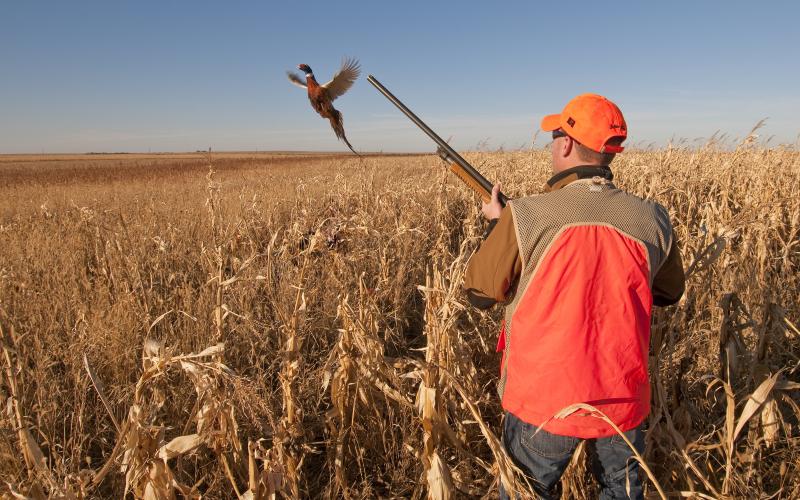
Wildlife and the Bottom Line
As the fall harvest wraps up and this year’s calf crop is weaned, many producers may be nervous about what their paychecks will look like for 2016. In tough market conditions, it can be tempting to try to squeeze just a bit more production out of the land.
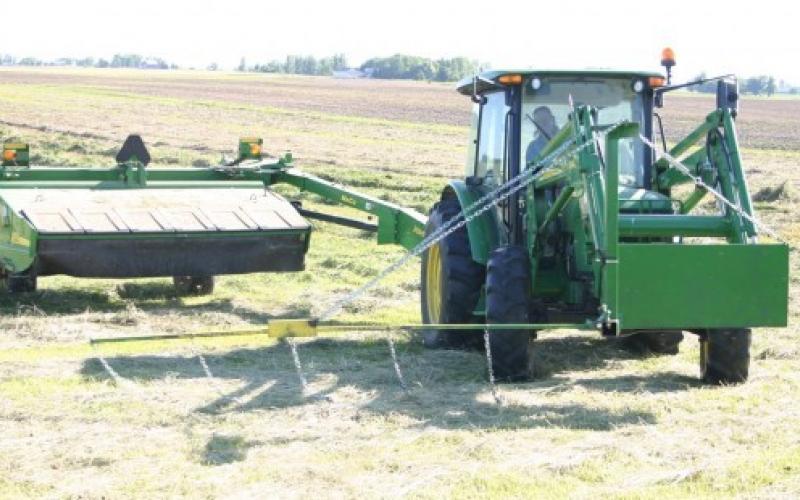
Haying With Wildlife in Mind
Anyone who has spent time cutting hay knows that hayland can be a magnet for wildlife in late spring and early summer. Hay fields are often considered an “ecological trap” for wildlife; that is, they appear to be high quality habitat for nesting or feeding due to tall, dense grass and legumes, but often lead to increased mortality once harvesting is under way.
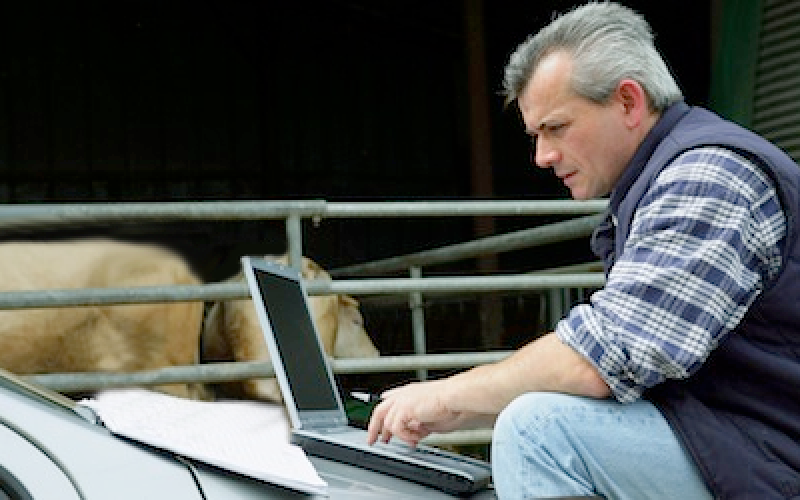
Simplifying the Replacement Heifer Dilemma: To Buy or To Raise?
Purchasing or raising replacement females represents a significant investment for cow/calf operations and the impact may be felt for years after.
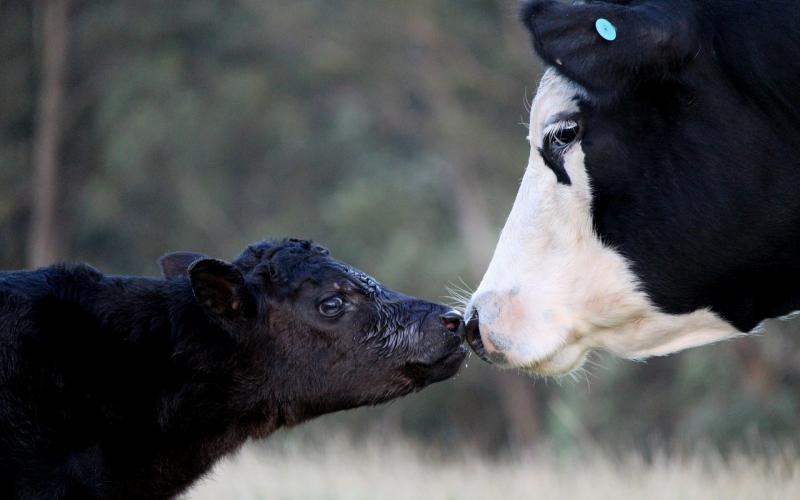
Heterosis and its Impact
Heterosis is not new to the livestock industry and its benefits have been well documented.
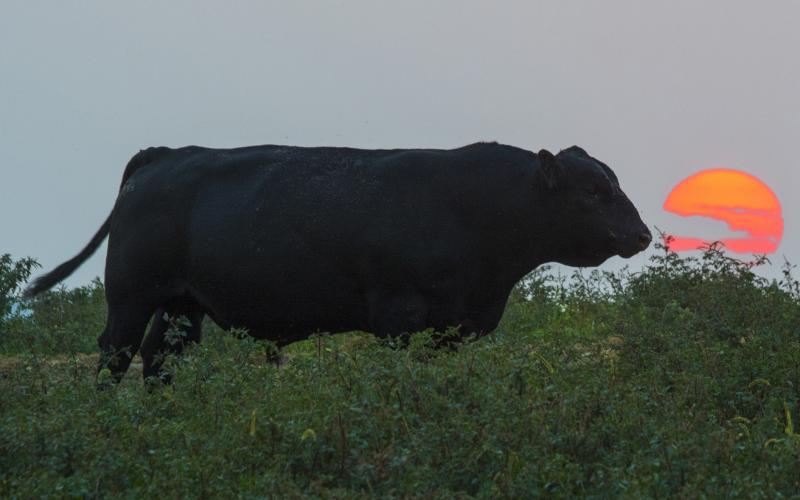
Bull Selection
Bull sale season is upon us and those who are in the market for a new herd sire face a choice that will impact their herd for many years.
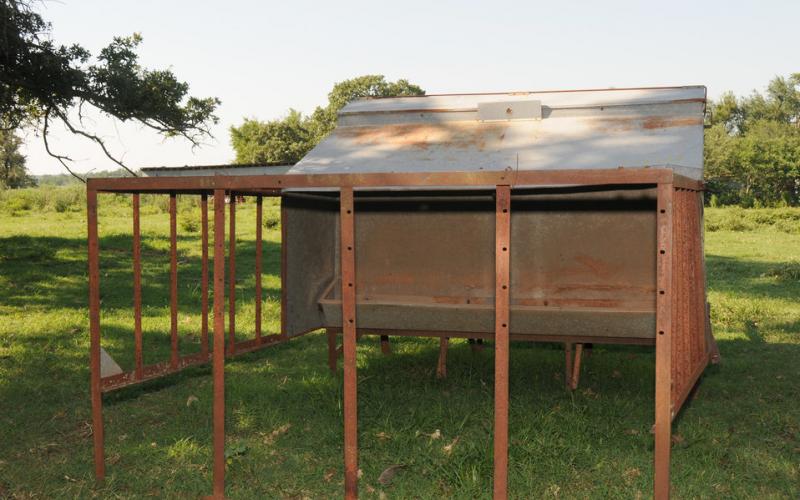
Considering Creep Feeding
Despite what Mother Nature seems to think the summer months are approaching and for some that means rolling out the creep feeder and for others considering whether creep feeding is a necessary investment.
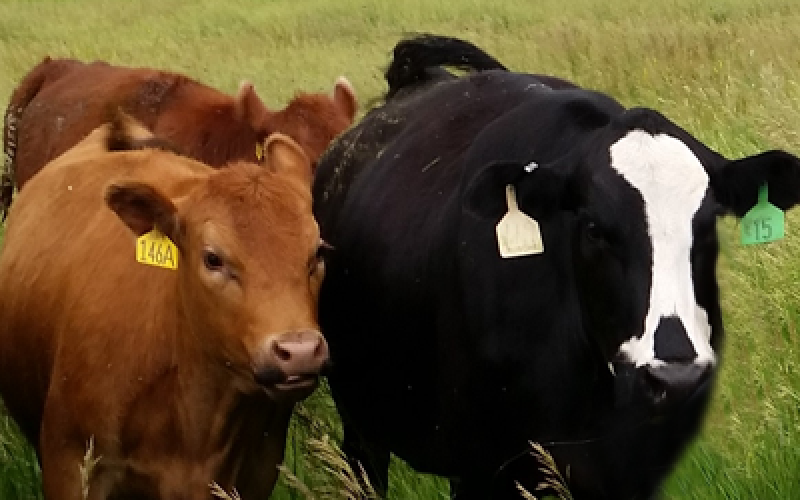
Replacement Heifer Calculator
Excel decision aid to assist producers decide whether to raise or purchase replacement heifers.
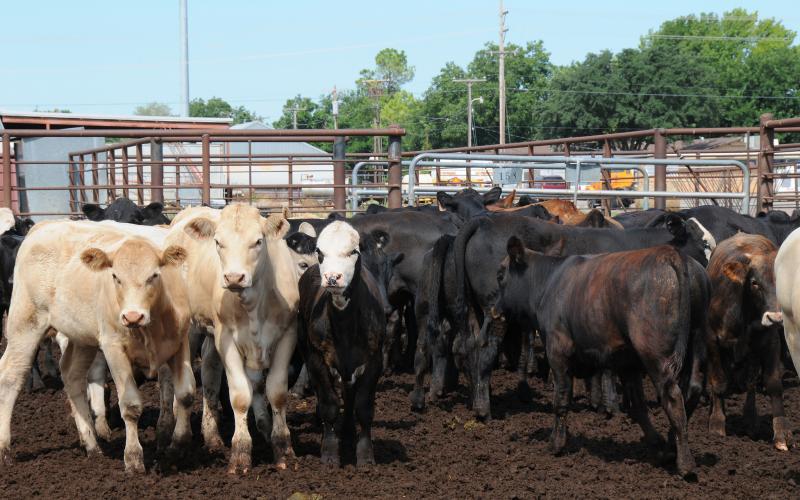
Effects of Nutrition Changes Following Artificial Insemination
When considering heifer development strategies, it may be important for a producer to consider nutritional stress from changes in the diet following breeding.